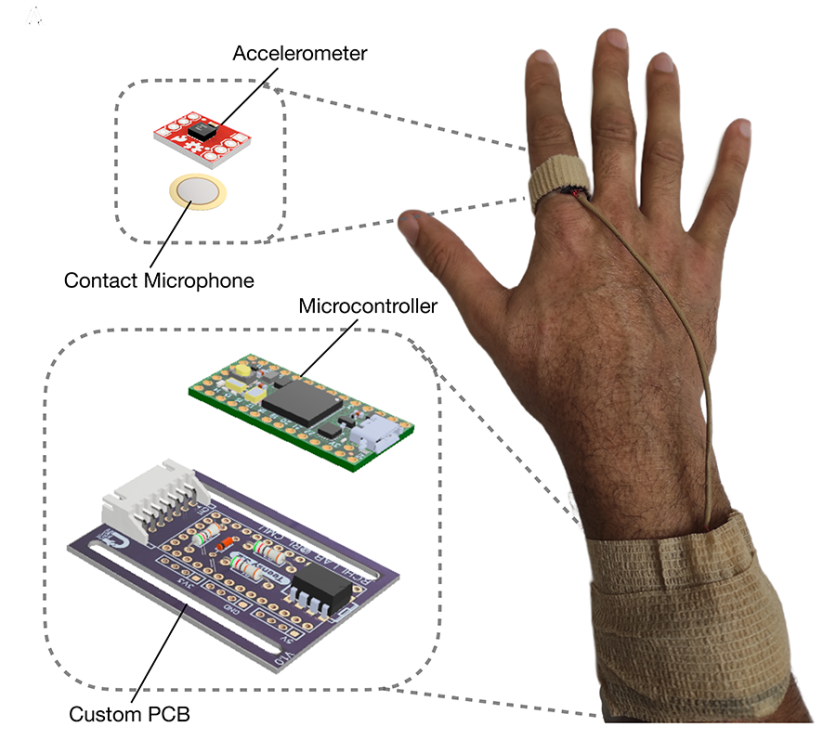Akhil Padmanabha, a PhD student at Carnegie Mellon University's Robotics Institute, has spearheaded the creation of a wearable device designed to measure scratching intensity. This innovative technology holds the potential to improve the assessment of medication effectiveness in alleviating itchiness.

Wearable Device for Itching
The prevalence of chronic itching, particularly in conditions like eczema, spurred Akhil Padmanabha's pursuit of a solution. His personal experience with severe eczema, which led to hospitalizations and disrupted his education, motivated him to explore technological avenues for relief.
Dr. Sonal Choudhary, a dermatologist and dermatopathologist at the University of Pittsburgh School of Medicine, noted that itch is the primary grievance of patients seeking dermatological care. Conditions such as eczema, psoriasis, allergies, and liver disease contribute to this widespread concern.
The genesis of Padmanabha's wearable concept emerged during his perusal of research on wearable devices. He encountered a study on wearables for scratch detection, which, though proficient at detecting the occurrence and duration of scratching, lacked a crucial element - intensity.
The team aims to precisely quantify the force and vigor behind scratching movements. Collaborating with his CMU mentors and Choudhary, Padmanabha devised a ring-like wearable that could be worn on the finger for scratching. The device incorporated an accelerometer to monitor finger motion, a feature present in previous detection tools.
However, the researchers added a contact microphone to capture the high-frequency vibrations associated with scratching. This innovation proved pivotal in accurately measuring intensity and detecting vibrations through solid objects like a finger.
Padmanabha clarified that privacy concerns in public settings are mitigated as the contact microphone doesn't pick up conventional audio.
Algorithms Used for the Device
The team created algorithms for the device employing data from healthy participants who wore it while scratching a pressure-sensitive tablet. The tablet then estimated the scratch intensity in milliwatts.
A machine learning algorithm correlated the sensor data with the scratch intensity estimates, converting them to a 0-10 scale, commonly employed in clinical practice.
Padmanabha highlighted that a four-unit shift on the 0-10 scale, as reported subjectively by patients, is clinically significant in studies. The device demonstrated a mean absolute error of 1.37, indicating a level of precision that renders its readings clinically pertinent.
Moreover, the study revealed that patients' subjective estimations on the 0-10 scale often exhibited substantial disparities. For example, a patient who rated a 10 in terms of intensity might equate to another patient's 4.
Choudhary underscored that once the device undergoes further validation, its primary use would be for researchers evaluating new drugs' impact on itchiness.
While its application in clinical medicine may be more limited, the potential for continuous monitoring, similar to glucose monitoring for people with diabetes, holds promise. Dermatologists might ultimately embrace the insights this scratch-detection device affords, providing valuable information for patients navigating the challenges of chronic itchiness.
Hence, Padmanabha is actively seeking research funding to advance the development of this device, aiming to address a source of considerable distress in his life. The findings of the team were further elaborated in the journal Communications Medicine.
Related Article : Natural Cycles Gets FDA Clearance: Digital App Can Now Use Apple Watch Temperature Data for Birth Control

ⓒ 2025 TECHTIMES.com All rights reserved. Do not reproduce without permission.




